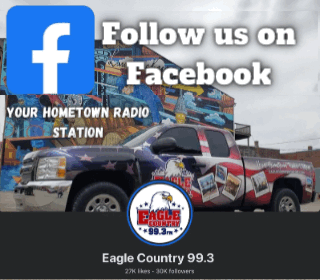The report shows that the county has more than 10 miles of existing trails for public use with opportunities to extend and connect trails with neighboring communities.

(Lawrenceburg, Ind.) - If there is one thing Dearborn County has going for itself, its trails.
A recent study conducted by Jack Sutton shows that there is more than 10 miles of existing multi-use and hiking trails available for public use in Dearborn County. The report also shows that there is opportunities to extend and connect trails with neighboring communities.
In May, One Dearborn contracted Jack Sutton to complete a county-wide trails analysis. Sutton, an Aurora resident and retired chief executive officer of Great Parks of Hamilton County, had some interesting findings.
His report identified an approximate total of eight miles of existing paved, multi-use trails across the county with the Dearborn Trail accounting for 5.6 miles. Loop trails in Greendale, Aurora and Dillsboro filled out the remaining paved trailway. Unpaved hiking trails included about 2.5 in Hidden Valley and those in three Dearborn County Parks.
“Dearborn County is certainly ahead of the curve in terms of trail initiatives when compared to many communities in the Greater Cincinnati region,” Sutton said. “Our most unique asset, The Dearborn Trail, safely connects people to spectacular public parks and entertainment areas, restaurants and shops in our historic downtown business districts, and the mighty Ohio River truly making southeast Indiana a great place to live, work, and play.”
Connectivity could be expanded upon in the future. According to the report, the Dearborn County Community Trails Plan identified seven potential trail projects in the unincorporated county. Six of the projects are trails in the Bright area, while the seventh is a 1.25-mile extension of the Dearborn Trail from the end of Aurora's Lesko Park to the Dearborn-Ohio county line.
Sutton says the Town of Dillsboro has a one-mile, paved trail at its town park that could be used for future connectivity if privately-owned trails in town could be obtained for public use.
Other potential trail connections could be done between Moores Hill, Milan, Sparta, Aurora and Versailles State Park, in addition to trails connecting Dearborn and Hamilton counties.
In addition, the Ohio-Kentucky-Indiana Regional Council of Governments 2050 Metropolitan Transportation Plan lists four trail projects in Lawrenceburg, Greendale and Aurora:
- Lawrenceburg – Riverfront Trail connection to the Greendale Trail adjacent to the casino.
- Greendale – A trail connecting Broadway Street to the Lawrenceburg Community Schools Campus.
- Greendale – A trail connecting the city to the Ohio state line via Oberting Road.
- Aurora – A Dearborn Trail extension from Lesko Park to Laughery Creek.
Sutton says potential trail funding sources include federal and state programs and grants. Several non-public sources also exist for trails development.
The report highlighted three "key gaps" in the counties' trail system, that if solved would create a seven-mile continuous trail connecting Aurora, Lawrenceburg and Greendale.
- Aurora – According to the 2016 Aurora Riverfront Vision Plan, establish a 0.5-mile downtown riverfront trail connector linking the Aurora end of the Dearborn Trail to the trail at Lesko Park.
- Greendale – Linking Ridge Avenue to the U.S. 50 pedestrian tunnel at Arch Street with a new 0.7-mile trail along the levee adjacent to the Lawrenceburg Community Schools campus.
- Lawrenceburg – Linking a 0.2-mile trail gap at the local casino and the railroad in order to connect levee trails between Lawrenceburg and Greendale.
Trail connectivity has been identified as one of Dearborn County's Big 8 Economic Drives in the 2019 One Dearborn County Regional Economic Development Action Plan.
The COVID-19 pandemic has highlighted a need for trails and the importance of having safe venues for recreation. According to the One Dearborn report, use of the Dearborn Trail between Lawrenceburg and Aurora has risen 71 percent in the first six months of 2020, compared to the same time period last year.
“Continued trail planning for our region will assure Dearborn County remains competitive. Well planned trail systems offer opportunities for affordable recreation and transportation while preserving open space. They provide venues for health and wellness activities and contribute to the economic vitality of cities and towns. Maintaining up-to-date trails master plans enable community leaders to set priorities for ensuring quality of life for all residents,” said Sutton.
Sutton's recommendations for further trail connectivity include:
- Complete trail development projects that are in the current pipeline. These are Lawrenceburg’s Riverfront Trail Connector and Levee Access trail. In Greendale, the trail connection from Ridge Avenue to the Lawrenceburg Conservancy District fields and Greendale soccer fields, the trail connection from Ridge Avenue to the Lawrenceburg Community School Corporation campus, and the Ridge Avenue trail from the levee to Broadway Street.
- Develop a comprehensive trails master plan for Dearborn County to place focus on closing the aforementioned “key gaps,” refine the Bright trails studies, refine the Dearborn Trail extension from Lesko Park to the Dearborn-Ohio county line, identify funding sources, implement trails master plans, and identify potential trail corridors for connecting the river cities to areas including Dillsboro, Moores Hill, Hidden Valley and Bright.
- Explore the creation of a regional trail district to focus on completion of the Dearborn Trail to ensure its long-term viability and place as a significant asset in the county. A trail district could negotiate and acquire land for trail expansion, provide consistent branding, ensure maintenance, and seek outside funding for trails enhancement
Mike Perleberg, One Dearborn Director of Marketing & Community Projects, said, “The new Dearborn County Trails Report will provide our county, cities and towns a common document to look to when planning for trails in both the short and long terms. Jack Sutton’s expert analyses of our trail assets and ideas for building on them will help our communities continue to embrace outdoor recreation and pursue new connections between neighborhoods within and beyond our county.”
For more information, visit http://www.1dearborn.org/reports.

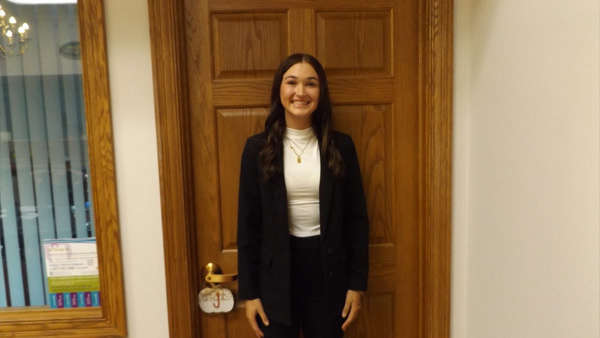 2026 Ohio County Lilly Scholarship Applications Available
2026 Ohio County Lilly Scholarship Applications Available
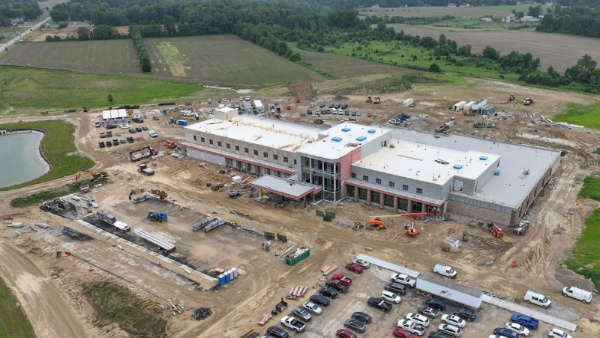 New Margaret Mary Health Hospital Taking Shape
New Margaret Mary Health Hospital Taking Shape
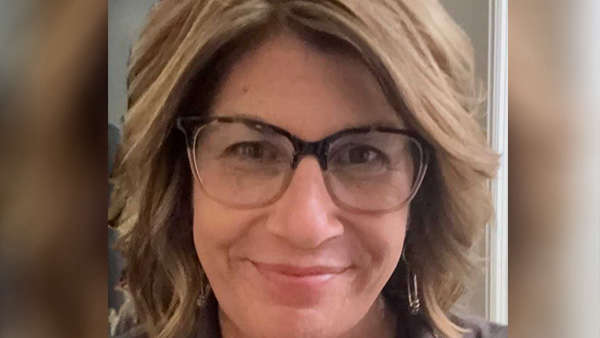 South Dearborn School Board Member Resigns
South Dearborn School Board Member Resigns
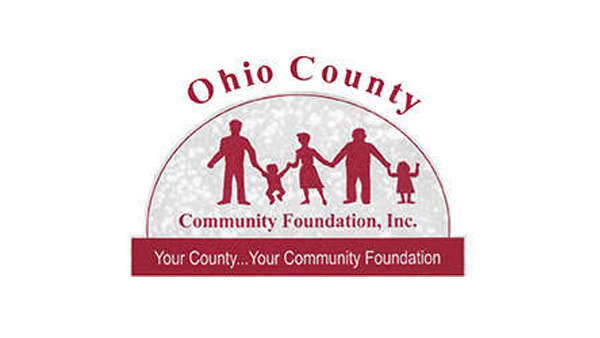 OCCF's Community Grant Cycle II Applications Available
OCCF's Community Grant Cycle II Applications Available
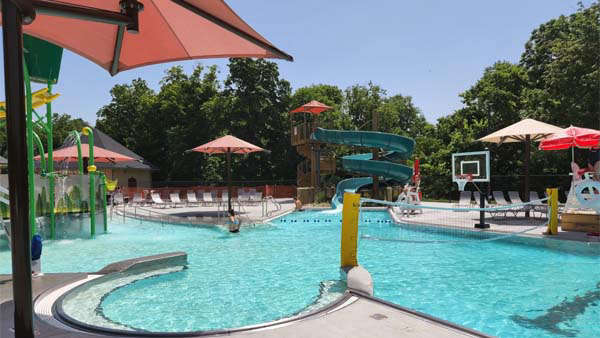 Main Street Aurora Announces Free Event at Aurora Aquatic Center
Main Street Aurora Announces Free Event at Aurora Aquatic Center
 Arrest Made Following Service of Warrant in Laurel
Arrest Made Following Service of Warrant in Laurel


